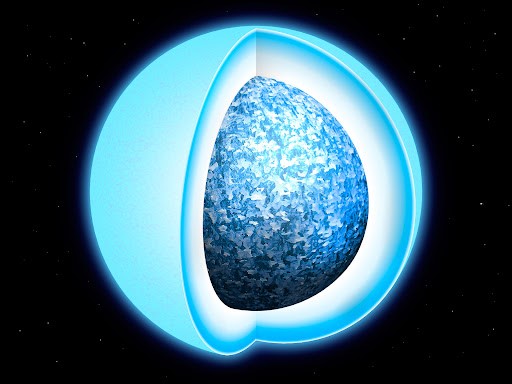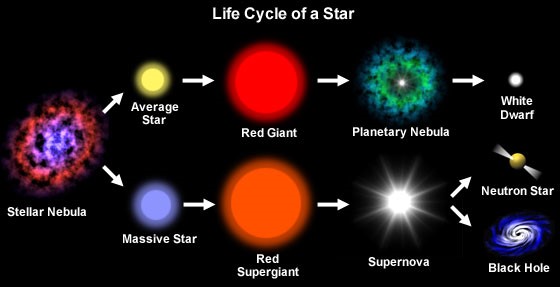WHITE DWARF

Disclaimer: Copyright infringement not intended.
Context
- An international team has reported a unique phenomenon in a white dwarf about 1,400 light years from Earth.
About
- A white dwarf is what stars like the Sun become after they have exhausted their nuclear fuel.
- Near the end of its nuclear burning stage, this type of star expels most of its outer material, creating a planetary nebula.
- Only the hot core of the star remains.
- This core becomes a very hot white dwarf, with a temperature exceeding 100,000 Kelvin.
- The white dwarf then cools down over the next billion years or so.
- Many nearby, young white dwarfs have been detected as sources of soft, or lower-energy, X-rays.
- Recently, soft X-ray and extreme ultraviolet observations have become a powerful tool in the study the composition and structure of the thin atmosphere of these stars.
- A typical white dwarf is half as massive as the Sun, yet only slightly bigger than Earth.
- An Earth-sized white dwarf has a density of 1 x 109 kg/m3.
- Earth itself has an average density of only 5.4 x 103 kg/m3.
- That means a white dwarf is 200,000 times as dense.
- This makes white dwarfs one of the densest collections of matter, surpassed only by neutron stars.
Note: A typical white dwarf is half the size of our Sun and has a surface gravity 100,000 times that of Earth. Using the Hubble Space telescope and Transiting Exoplanet Survey Satellite (TESS), astronomers have identified several white dwarfs over the years.
Composition
- Usually, white dwarfs are composed of carbon and oxygen (CO white dwarf).
- Neon Magnesium Helium white dwarf may also form.

https://indianexpress.com/article/explained/explained-white-dwarf-switch-on-and-off-7587606/



1.png)
